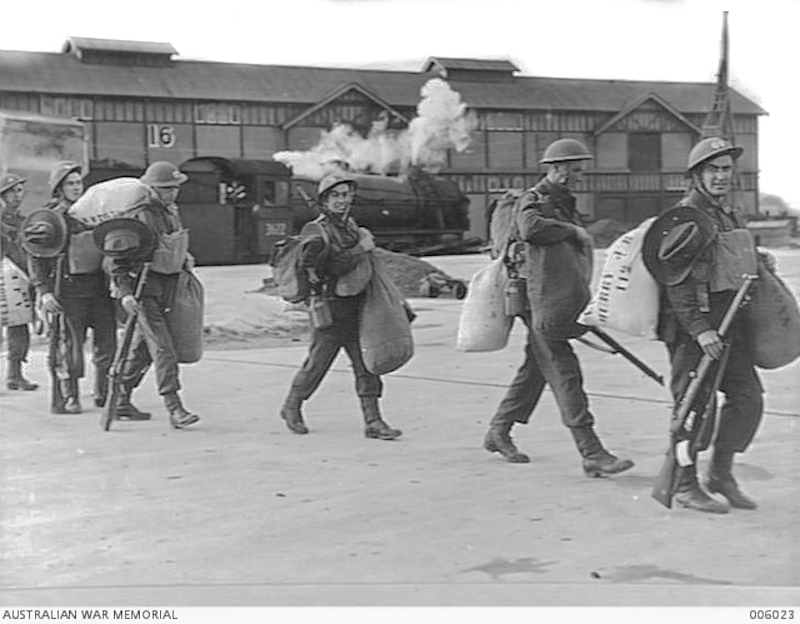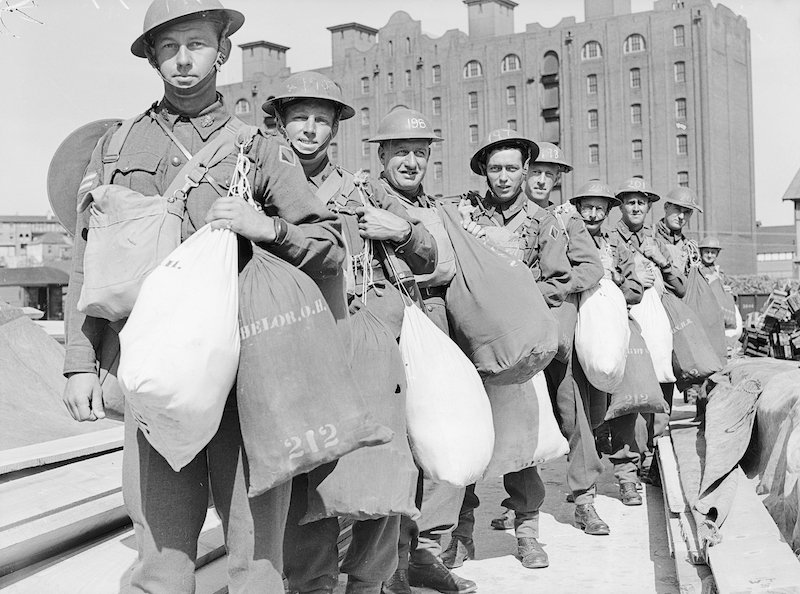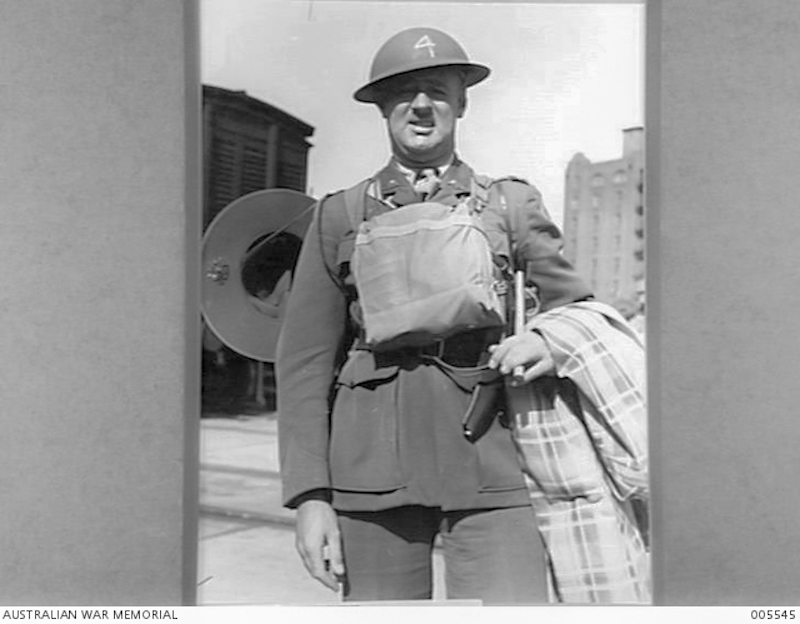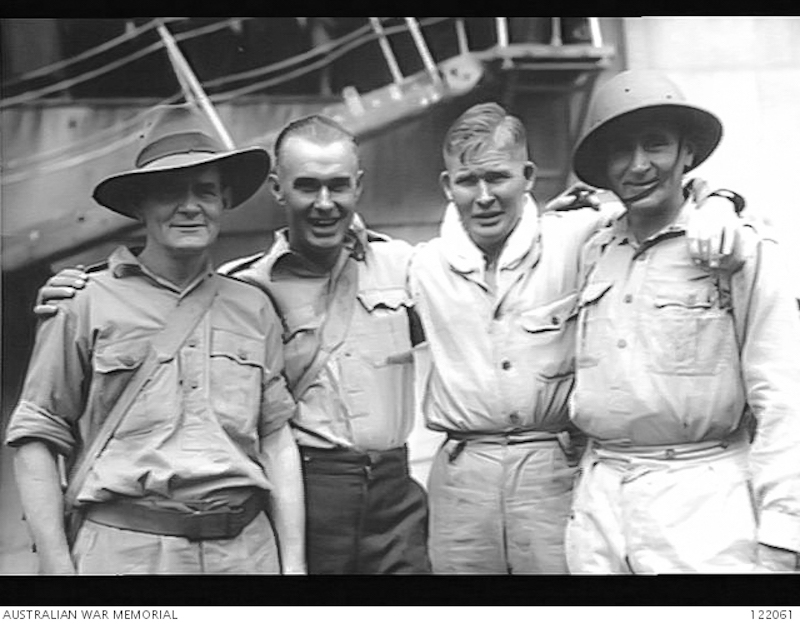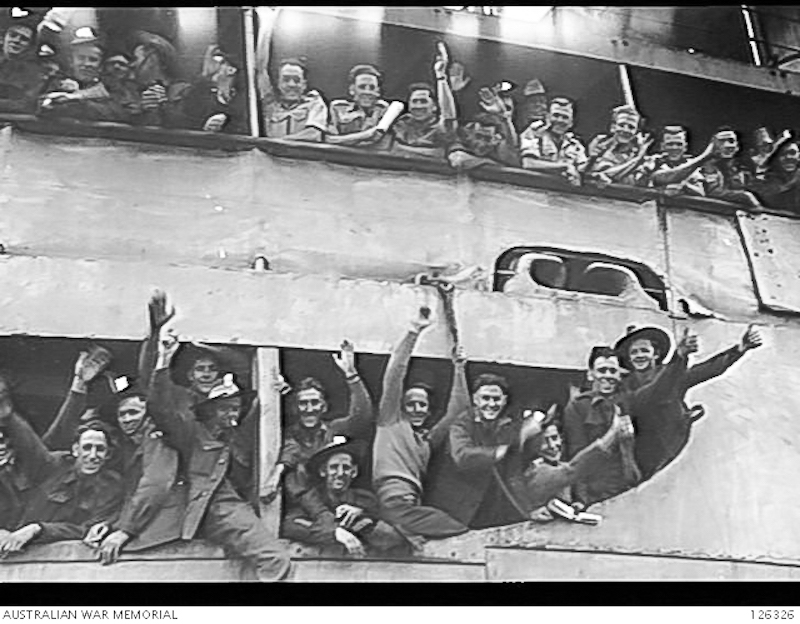Locations > Jones Bay Wharf
Jones Bay Wharf
The wharves in this complex were designed on the authority of the Sydney Harbour Trust, to cope with the unprecedented volumes of wool, wheat and other produce from NSW rural areas destined for export, the very large ships that carried these cargoes, and the speed required to avoid congestion. (Circular Quay was already too crowded to cope with these new demands.)
Berths 19-21, jetties and wharves were built between 1911 and 1919. The State rail network brought trains directly onto the wharf, and engineers adopted the most up-to-date technology, such as electric capstans, electric lighting, lifts, cranes and mobile gantries. These devices allowed goods to be loaded to and from upper and lower levels.
During the Second World War the wharf was adapted to process the tens of thousands of troops and civilians sailing to and from the war zones. After the war, Jones Bay Wharf was the first solid land touched by great numbers of immigrants, but cargoes declined in importance as containers became dominant and cargoes moved to other port facilities. A new overseas passenger terminal at Circular Quay then drew liners away from Pyrmont.
The end of the shipping era came in 1991 when Jones Bay Wharf was declared surplus to requirements. After protracted negotiations, the wharf was renovated for commercial and residential use, and designed in such a way as to maximize the heritage value of the site. It has been reborn as offices, cafes and restaurants and an functions centre.
M&S yards, Bayview St, 1903





